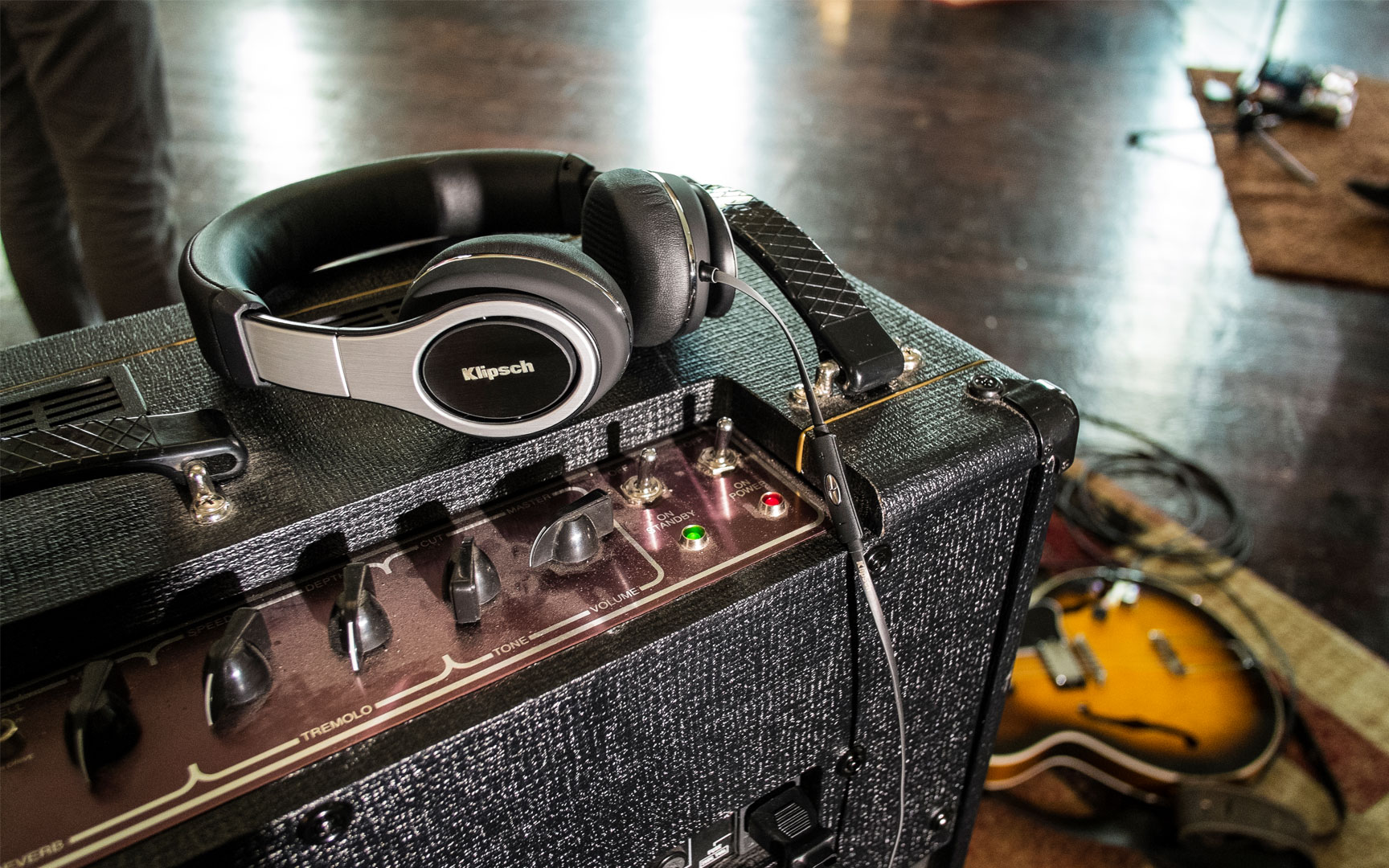
What Makes Headphones Audiophile Approved?
Headphones have become as ubiquitous as the smartphones they’re connected to. Even if you’re a hardcore vinyl listener who eschews the terrible awfulness that is digital music (allegedly), you have to admit that the format is here to stay. Also, carrying that turntable around is a pain in the ass.
Just because you’re buying headphones, essentially little tiny speakers, that doesn't mean that you can’t have a quality product that makes your music sound great. It doesn’t take a professional audio geek to know to know what you need to look for in order to get a great set of headphones. Luckily, we know some of those so we can just ask them.
Don’t Use The Little White Earbuds
Are we all on the same page? Ok, cool, moving on…
Fit and Comfort
Believe it or not the single most important thing in a pair of headphones has nothing to do with any of the technical stuff. Are the headphones comfortable on your head, or do they clamp your head like a vice? Do your new earbuds fit well in your ears (if the tips are oval, they probably do)? There’s a very simple reason for this. If your headphones aren’t comfortable, then it really doesn’t matter how they sound, because you won’t be wearing them long enough to notice how great the music is.
The other reason that fit matters is that it has a real impact on the music you’re listening to. A set of in-ear headphones is designed to give you a tight seal between your ear canal and the outside world. If you don’t have that, then you’re losing a lot of your music. Low frequencies won’t come through properly. Finally, with bulky earbuds the sound will change dramatically from ear to ear as the fit will be inconsistent. To get the most out of your in-ear headphones they have to be small enough to fit into your ear canal as the engineers intended. Smaller in-ear headphones are often far better than larger ones.
Drivers
Headphone prices range from a couple of bucks to hundreds of dollars. The main difference between them is often in the guts within. Cheap headphones often have relaxed quality control; you can buy several pairs the same headphone and the volume won’t match between left and right or the two sides will sound quite different. Also, they often exhibit higher levels of distortion. Distortion happens when the speaker is pushed beyond its limits or has been manufactured with less precision and accuracy than its more expensive counterparts. Most headphones use standard dynamic drivers, which are essentially tiny versions of standard speakers. Like those larger speakers the material used and manufacturing quality will be the thing that determines the difference between a good headphone and a poor one. More expensive headphones will often have properly matched drivers with tighter quality control, ensuring the experience is the same every time you wear them and identical between manufacturing batches.
Balanced armature headphones use incredibly small drivers that are highly customizable due to their prevalent use in hearing aids, meaning that multiple speakers can actually be fit inside a small in-ear headphone. Just like a big tower speaker, having multiple speakers means that each one can be specialized and focus on what they’re good at. Smaller drivers also mean they can be universally positioned deep in the ear canal, putting you at the front of the stage.

Bottom Line
Buying audiophile headphones isn’t as simple as buying the most expensive ones on the shelf. First, pick a brand that has headphones far above and beyond your budget (you don’t have to buy the most expensive ones), this will ensure that even the cheaper models have gone through stringent engineering and quality control. Next, it’s usually a good idea to try a set of headphones from a brand that builds speakers you like. The sound principles will be similar and so will the sound signature. Audio has always been somewhat subjective and headphones are no different. Finally, and most importantly, find the set that sounds good to you by purchasing more than one and returning the rest.
